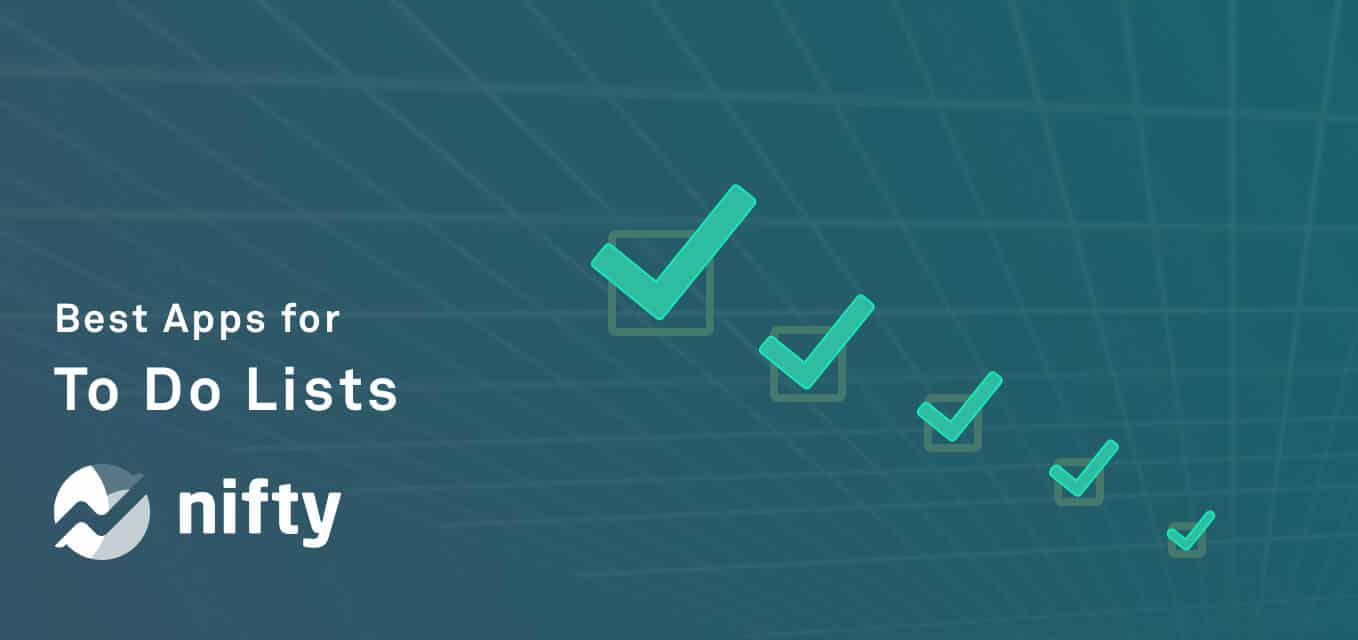
Generally speaking, people aren’t good at assessing risk. They let their biases sway their judgment or let their emotions clog decision-making processes. And this is why it’s so important for project managers to learn to analyze risk quickly, effectively and take a strategic approach for qualitative risk assessment analysis.
Risk management is an essential part of any project. Project managers must simultaneously prevent accidents and predict outcomes to ensure their team completes projects without incident. Qualitative risk assessment helps PMs rely on data to analyze and identify potential risks to ongoing projects in a straightforward and easy to understand way.
Qualitative risk assessment is the process of analyzing risk occurring and the impact it would have on a project. It helps project managers prioritize risk according to probability and impact while identifying the main areas of risk exposure and improving understanding of project risks. With this information in hand, project managers can search for the best solutions and project management types for the highest risk categories while executing and documenting those strategies in Nifty.
Qualitative risk assessment, although data-driven, is more subjective than quantitative assessment. The process assigns a numeric value to risks based on cost overrun, delays, and scope creep.
Although quantitative risk assessment can assign exact numbers to risks, qualitative risk assessment is seen as more effective because it presents information in broader and more descriptive terms.
This is particularly relevant for a data analytics company, where the qualitative approach allows for a deeper understanding of risk factors and their potential impact on data-driven decision-making processes.
There are several benefits to using this process. It uses simple assessment methods without any tools or software, saving the project teams time and money. The final risk assessment matrix is also easy to read, making it easier for project managers to prioritize and focus their attention.
Let’s break down the qualitative risk assessment process into these five steps (RITOM).
1. Identify Risk
Identifying risk is step one. Project managers should brainstorm for anything that might impact the outcome of the project. Start with identifying smaller and more obvious risks, which will lead you to the more serious and complex ones. This is an excellent time to bring in other people’s opinions since they can help you view risk from a different vantage point.
2. Analyze Impact.
After you’ve identified all possible risks, it’s time to understand their potential impact on project objectives like budget, performance, or schedule. Risks can be classified into either ‘threats’ — something that will hurt the project, or ‘opportunities’ — something with potential positive impact.
From there, determine the impact of the risk using either a low/medium/high ranking or a 1–5 (low to high) scale. Then, select the likelihood of each happening on the same scale. Consider including if the risks were source-based or effect-based. Input these scores into a Qualitative Risk Assessment Matrix for an overarching view of how your project might be impacted.
Qualitative risk assessment matrices will change based on the project team’s needs and risk appetite. Some companies, like start-ups, might be less averse, while larger and more established organizations will have a lower tolerance for risk. Depending on how items rank in the matrix, teams need to develop a course of action, which brings us to our next point.
3. Determine Treatment
After reviewing the completed matrix, project managers need to determine how to move forward with risk treatment. Some options are as follows:
- Accept — If it’s a low impact-low probability risk, it might be more cost-effective and efficient to accept it, rather than spending money on preventing it.
- Mitigate—High-probability risks might be impossible to avoid. In this case, mitigating the risk can be useful. Bringing the risk impact down from a high to a medium can help keep projects on track.
- Exploit — Sometimes, you can turn risk into a positive. Learning agility to exploit risks to benefit your project is a desirable skill for any project manager.
- Transfer — Some risks can be transferred to a third party, such as a contractor or insurance company. Typical examples would be risks with a high financial impact.
- Avoid — Sometimes, you cannot mitigate or avoid the risk. In this case, it’s best to avoid it altogether if possible. Avoiding risk can involve changing project scope or strategies.
While determining risk treatment, also develop a contingency plan in case a risk becomes an issue.
This may involve activities such as using penetration testing software to identify and address potential security vulnerabilities before they can be exploited.
4. Delegate Ownership
Once risks and treatments have been identified, it’s time to assign ownership of risk. This ensures that the project team is clear on roles and responsibilities. By adding a sense of ownership to risk, team members feel more inclined to search for ways to avoid or optimize them.
5. Review & Monitor
A project team’s job doesn’t end once they complete the matrix and determine treatment. Risk assessment is an ongoing task, and it’s imperative to keep updated risk logs and track any changes that occur. Regularly reviewing risks will help you identify which have gone away or have escalated throughout a project. This process will also help with risk analysis for future projects.
👉 Looking to manage your projects with an effective qualitative risk assessment strategy? Sign up here to do it all in Nifty for free!
Effective risk management is more necessary than ever in today’s changing world. A great project manager can minimize the number of things that could go wrong on any project, thereby saving time and money. Next time you need to assess risk on a project, qualitative risk assessment is the most effective method to keep things running smoothly.
If you’re looking to take your project management to the next level by assessing and managing risk, Nifty is your #1 and G2’s #1 choice for an all-in-one project management platform. Nifty helps you analyze and document risk assessment while maximizing your project management organization while delivering high-quality results.








